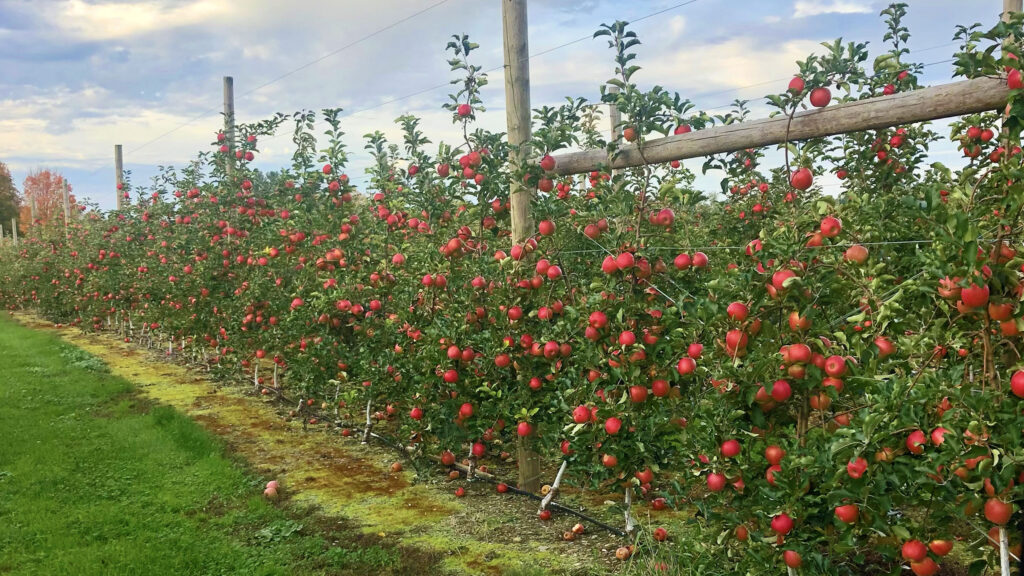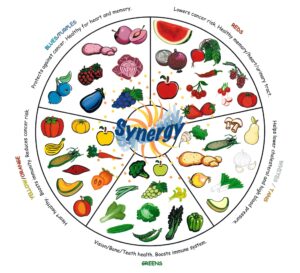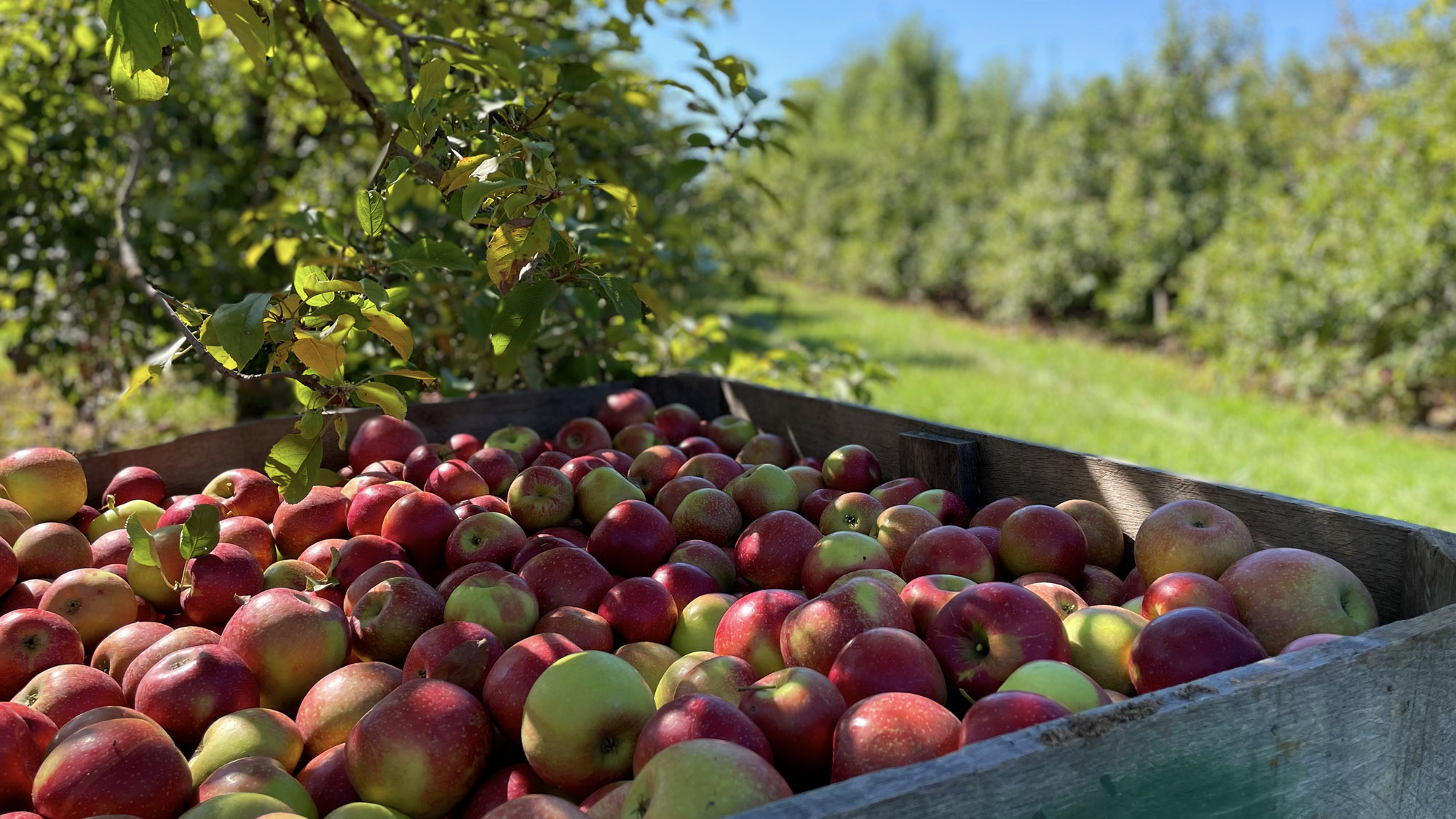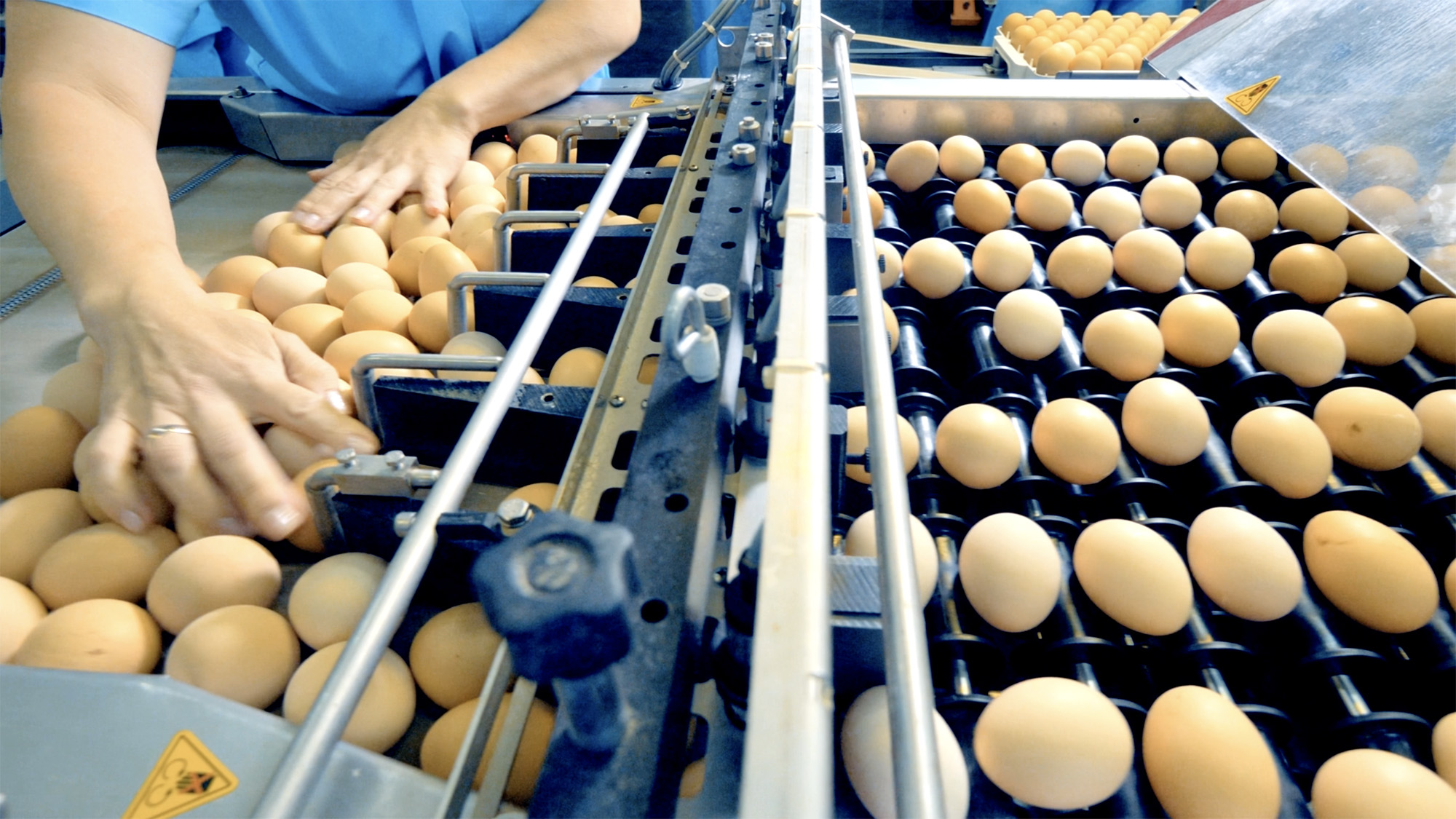How Sweet It Is: North Carolina’s Apple Economy
NYC may be the Big Apple, but NC is big apple business
North Carolina and apples go way back. Experts have traced farming of apples in the state to the 18th century, shortly after Sir Isaac Newton’s famous encounter with the falling fruit. And just as apples inspired the original law of gravity, the apple industry has gravitated toward North Carolina ever since.
These days, apples are a booming business in North Carolina, especially in Henderson County. As the largest apple producer in the No. 7 apple-producing state, Henderson County — and Hendersonville in particular — is the star around which the state’s apple industry revolves.
If Henderson County was a state, it would rank No. 8 in the nation for apple production. Currently, North Carolina ranks No. 7 in the U.S.
While Henderson County leads the charge, growing around 85% of the state’s crop, North Carolina produces roughly 4 million bushels of apples (north of 150 million pounds) in any given year. From farmers market stalls and grocery store shelves to baby foods and juices, apples take a variety of avenues to their end destinations.
Terry Kelley, Ph.D., director of N.C. Cooperative Extension’s Henderson County Center, helps trace apples’ journeys from seed to supermarket in this edition of Homegrown On the Farm. Join us as we discover how North Carolina helps supply America’s favorite fruit.
How Do You Like Them Apples?
Among the state’s annual all-stars, Red Delicious, Golden Delicious, Rome Beauty and Stayman are the primary apple varieties produced in North Carolina.
Nationally, Gala claims the crown as America’s most popular apple, accounting for nearly 1 in every 5 apples produced. Rounding out the top five are Red Delicious, Honeycrisp, Fuji and Granny Smith.
North Carolina Apples By Season

From Seed to Supermarket
Roughly 60% of North Carolina apples are utilized in the processing industry, meaning they’re harvested, sent to a processor and turned into food items like applesauce, baby food, juice and other packaged products. Recently, local apple ciders (hard and soft) have become a burgeoning sector of the industry.
The other 40% of the state’s fresh apples — more than 60 million pounds — travel through packing operations and direct marketing outlets. Their final stops include grocery stores, for the most part, but also farmers markets and roadside stands statewide.
Agritourism operations, with family-friendly experiences like pick-your-own fruit, playgrounds, bakeries and other apple-oriented offerings, have been another area of growth for North Carolina apple farmers.
With a Little Help From Their Friends
Extension specialists at NC State University, working alongside county agents with our N.C. Cooperative Extension partnership, support apple farmers and businesses with on-farm research, local training, business planning and one-on-one consultations to help them become more productive and profitable.
Among the game-changing industry innovations? Farmers are growing apples like grapevines.
Using trellises and similar support materials to cultivate smaller dwarf varieties of apple trees — similar to growing grapevines — allows North Carolina farmers to grow more apples in less space and time. Despite the smaller size, these trees produce the same quality fruit.

From encouraging better airflow and direct sunlight to enabling more efficient fruit picking and pest treatment, high-density trellis systems allow farmers to make the most of their limited land. Meanwhile, families like yours and ours reap the benefits of having ample apples available and at lower costs, while new apple food products are constantly in the works.
Contact your local N.C. Cooperative Extension center to learn more about educational programs in your county.
Awesome Apple Facts
- Why are apples red (and other colors)? They’re rich in anthocyanins, natural plant pigments that provide apples with both their red color and numerous health-protective benefits.
As for yellow, pink or green apples? The same science is at work. See how the colors of fruits and vegetables directly impact their health benefits.

- An apple a day really can help keep the doctor at bay, enjoy these bites of apple nutrition info.
- Maybe the saying should be, “…like comparing apples to apples” — there are over 100 apple varieties grown in the U.S., which come in many different colors, sizes and flavors.
- Most standard apple trees take several years to mature and produce fruit — it can take upward of a decade for an orchard to achieve full production.
- As they ripen, apples produce high amounts of ethylene, a gas that in turn causes further ripening of the apples (and many other fruits).
- TIP: Use apples to help speed up ripening of other fruits — not just bananas — by placing them together in a paper bag overnight.
- Store apples in the fridge to keep them fresher for longer. Apples ripen and turn soft 10 times faster at room temperature and nearly five times faster at 40 degrees Fahrenheit.
Special Thanks and Recognition
This segment of Homegrown was filmed at Bright Branch Farms and Justus Orchard in Hendersonville, N.C. Special thanks to Trey Enloe and Cory Justus for sharing their time and expertise!
- Categories:



